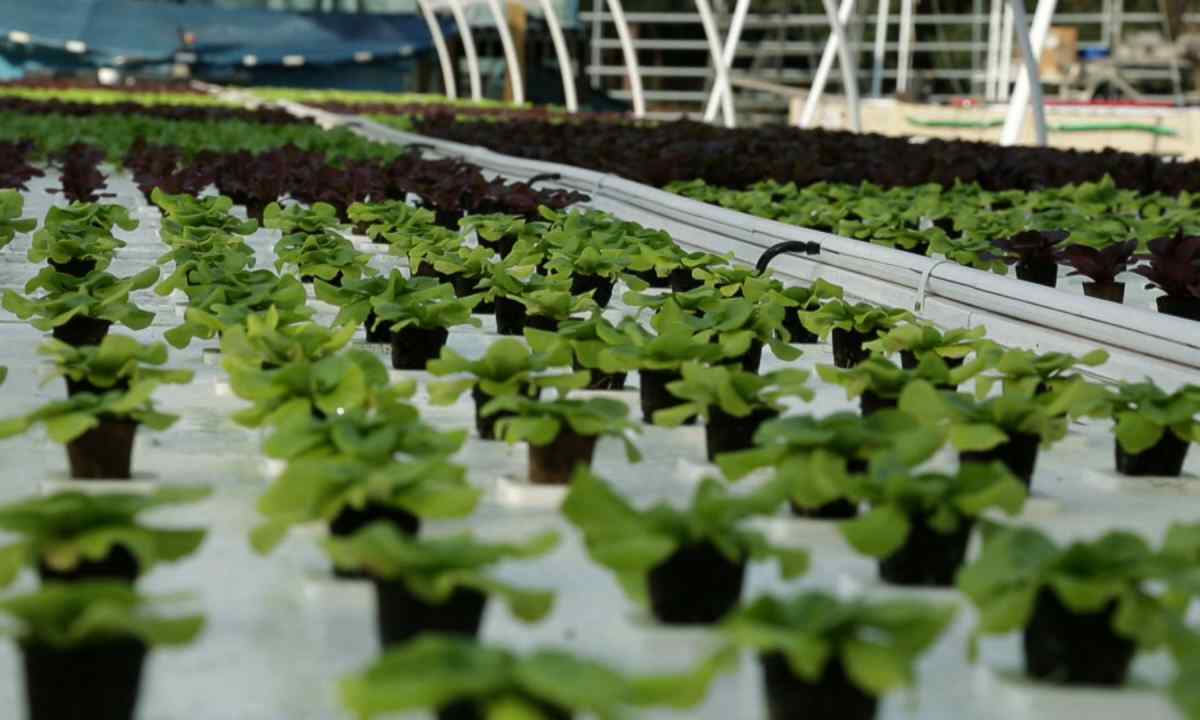Artificial reservoirs on the site have to be pleasing to the eye. That to achieve it, it is necessary to organize the balanced ecosystem demanding the minimum leaving, otherwise the pond will bring only trouble, but not pleasure from its contemplation.
The ecosystem of reservoir assumes availability of plants. They have to grow also in coastal zone, and in water. Depending on wishes, features of the soil and climate it is possible to choose certain plant species, but it is necessary to remember that in artificial reservoir there have to be representatives of 4 groups integral for natural aquatic environment.
Plants of coastal zone
At these plants the visible parts are located on the coast or in shallow water, but roots surely are in water. Treat them: canes, acorus, buttercups, iris shchetinisty, kaluzhnitsa. These plants expand over time thanks to large amount of moisture which is received by roots that allows to create very beautiful frame of pond.
Deep-water plants
This group of plants is characterized by the fact that roots fasten at the bottom of reservoir, and leaves are located under water or on surface. Plants in the majority blossoming therefore the reservoir with them will look just fantastically. It is possible to decorate reservoir with water-lily, jug or bolototsvetnik. These plants in addition help to protect reservoir from strong sunshine at the expense of the wide leaves located on water - it is necessary in order that in pond harmful microorganisms did not breed.
Natatorial plants
The duckweed, azolla, telorez and vodokras are characterized by the fact that do not adjoin to the soil, growing and breeding only on water surface. They, as well as some deep-water plants, protect reservoir from the sun.
Oxygenerators
This group of plants does not perform decorative function. They are necessary for pond to purify water, absorbing carbonic acid and emitting in exchange oxygen. Thanks to oxygenerators, biological balance of reservoir is maintained. Treat to this group: to unut, rogolistnik, elodeya. They are always submerged in water, and due to fast reproduction it is enough to lower several shanks in pond.

